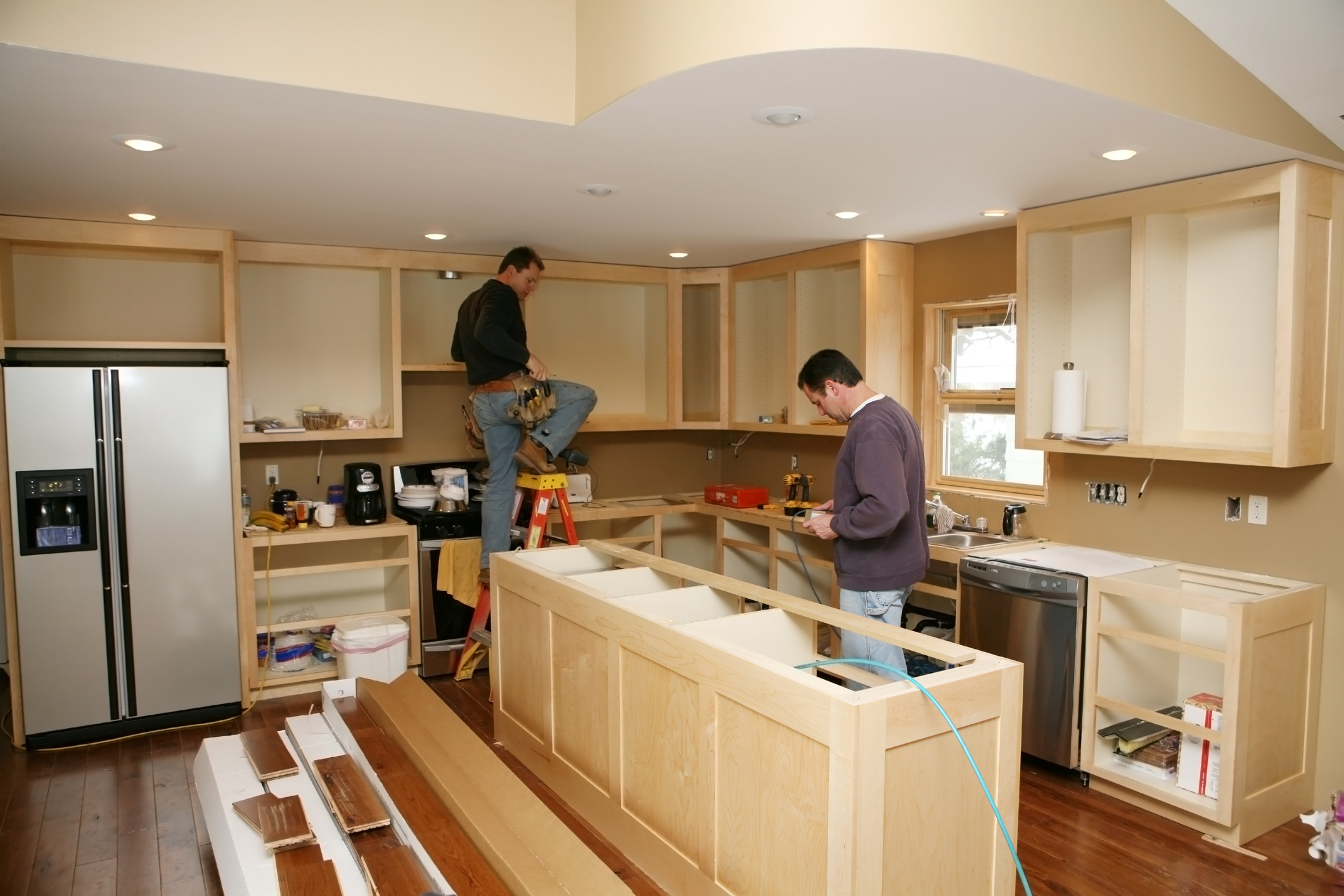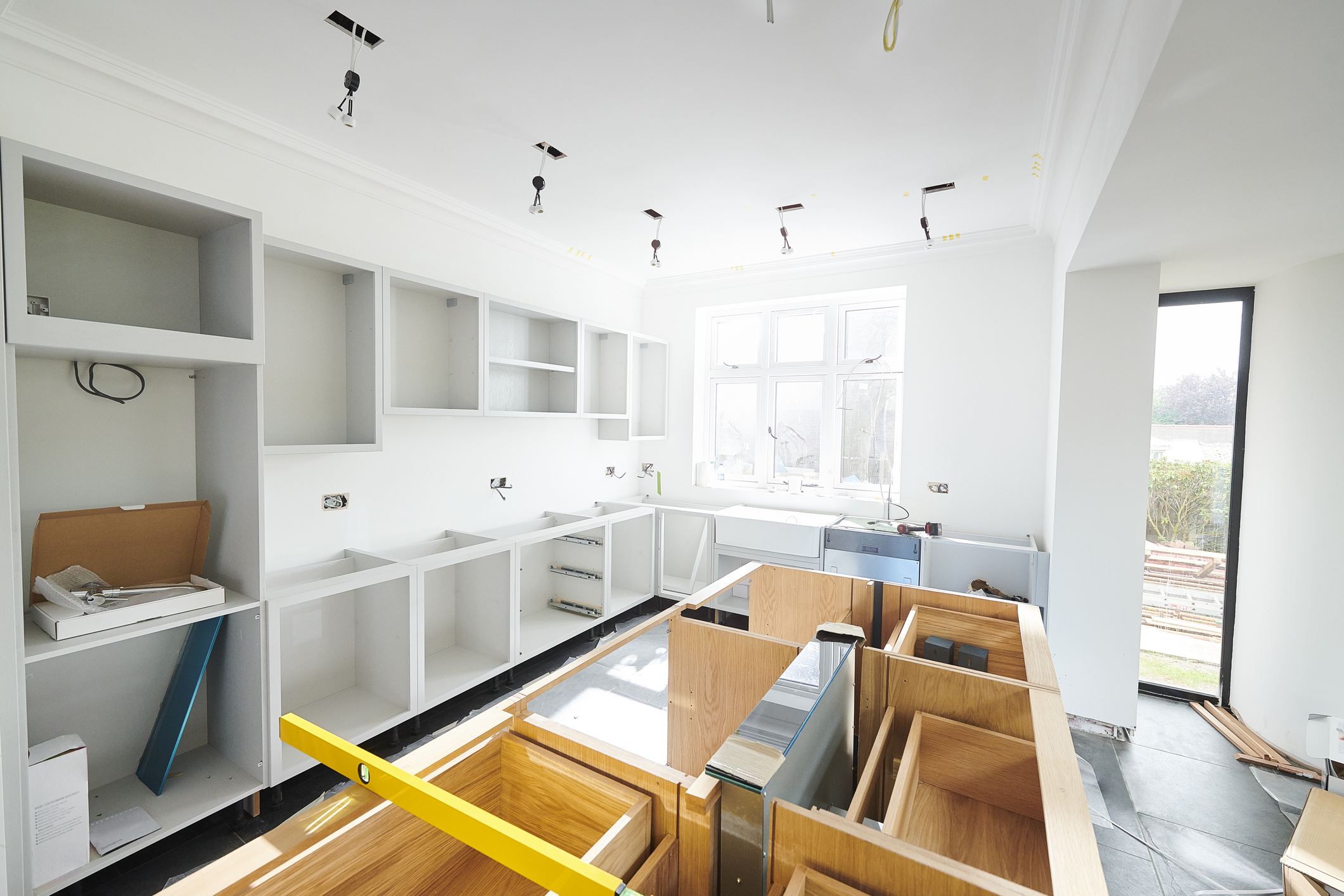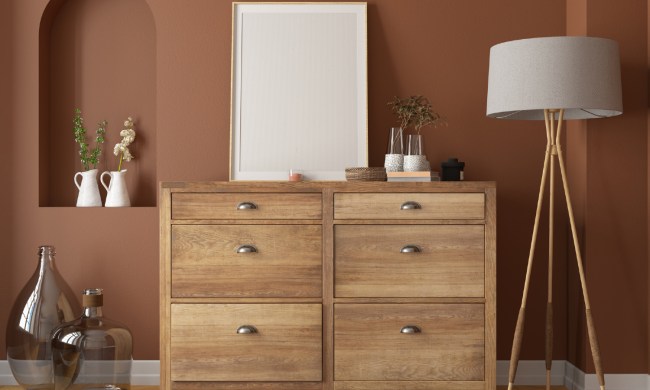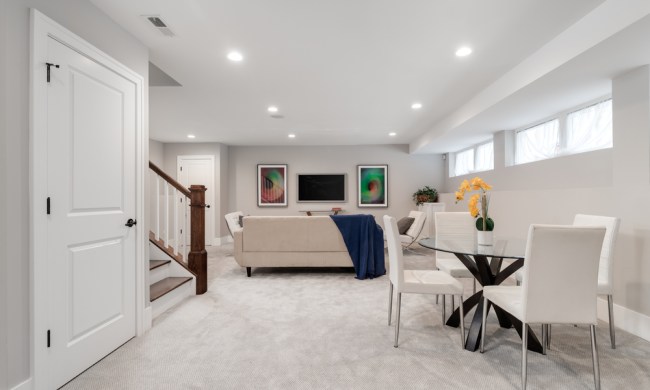
We hope to furnish you with a basis for understanding remodeling-project timing and help you understand all of the other parts of project planning so that your project is successful.
The supply chain
The price of materials for your project will fluctuate throughout the year, depending on what your project is, says Home Advisor. Deck lumber will be more expensive in the summer than the winter, as well as cement and paint. If you plan well, you can purchase materials on the off-season and save quite a lot of money.
Another advantage of buying off-season is that other contractors aren’t placing lots of orders then, so you’re likely to get what you want when you want it.
If you’re hiring a contractor
Some-remodeling projects can be done in stages to save you money and help your contractor get a head start. For instance, say you’re putting in a pool or a water feature for your garden. Your contractor can get the hole dug in the fall before finishing the work the following spring. The idea is to be able to give the contractor some off-season work where you get the benefit of their full attention, and they get the work.
If you live in a warm climate, think about re-roofing your house in the wintertime. Or if you have the means to stay nearby for a couple of days, get your windows replaced in early spring or late fall.
The point is that you don’t want to compete with everyone else needing the same work done at the same time.
Projects by season
There are specific seasons that are suited best for certain remodel projects. Here are a few examples:
Winter and early spring
Winter is a great time to hire a contractor and get your planning done. Working with your contractor in the winter will get your foot in the door and allow you to think about other efficiency and cost-saving measures you can take during the spring to help your project go smoothly and economically. You can also secure your spot in the queue and not have to wait for your contractor to try to fit you in around their other projects.
Contractors like to begin digging foundations and pouring concrete footers in winter and early spring due to the dry air and frozen ground.
Spring
Spring is the prime time for most remodeling projects, says Angie’s List. People order decks, paint houses, remodel kitchens, and build additions. Late May to early June is also a great time to hire student help with smaller projects like painting and landscaping.
Summer
Summer is a perfect time to add patios and decks, pave driveways, and replace furnaces. Many people replace their roof in the summertime with shingles purchased over the winter to take advantage of the warm weather and lower-cost materials. Summer is also a great time to do interior-remodeling projects, since kitchens and bathroom-remodeling projects pose a lot of inconvenience to the homeowner. Take a vacation and come back to your new living space.
Fall
Fall is also a convenient time for interior remodels, since contractors are less busy and have more time to devote to your construction. Fall is also a prime time to buy new appliances for your remodel, since the previous year’s ranges, refrigerators, and dishwashers go on clearance sales and can be purchased for a significant discount.
If you’re not in the middle of a remodel and have some storage space, it’s not a bad idea to get the appliances that you want and set them aside for when it’s time to begin your overhaul.
Other considerations
Depending on what you’re planning to remodel, you can take advantage of holiday weekends throughout the year to purchase kitchen appliances, fencing, pavers, and other items to save money.
Keep your expectations in check and leave enough time for your planning, your contractor’s planning, materials shipping, and things that can go wrong.
The planning stage takes several weeks of research on your part, scheduling on your contractor’s part, and ordering on his vendors’ part. Be patient and work with them, not against them.
Make plans for handling your pets. Cats and dogs can be curious and cause a nuisance for your workers and can cause accidents and injury. Consider boarding them or, at the very least, have a place where they can stay for the duration of your project.
In your planning stage, make sure that what you’re planning is what you want. Don’t be afraid to smear some paint samples on the wall, put up wallpaper swatches, and take pictures of as many countertops as you can. Reworks, changes, and overruns can add up to twice your budget in a hurry, so be sure of yourself and stick to your plan.
Ask a lot of questions. It’s essential for you to understand how your contractor is going to work, what to expect from them, the order of the remodel, and what they consider to be a realistic timeline. Surprise parties are fun. Remodeling surprises are not.
You should now have a general idea of when to start your home remodel. If you have not used a contractor before, get some recommendations for reputable companies. Many outfits ask for a deposit at the outset; do not give them more than 10 percent of the project cost. And finally, stay enthusiastic about your remodel. With careful planning and proper craftsmanship, you will enjoy a long-lasting living improvement.




